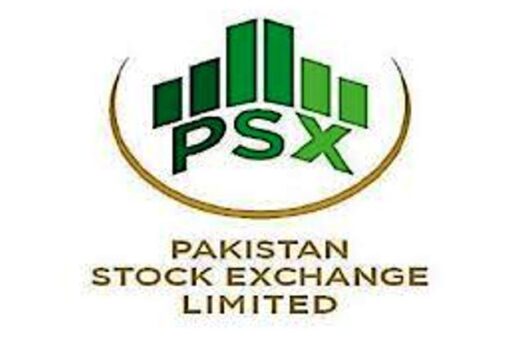With the budget scheduled to be unveiled on June 9, 2023, market participants are closely monitoring its impact on the direction of the stock market. Additionally, investors are keeping a keen eye on the progress of Pakistan’s IMF program review, which adds to the market’s overall sentiment.
Market Expectations
According to analysts at Arif Habib Limited, Pakistan stocks are projected to remain range-bound in anticipation of the federal budget 2023-24. The budget announcement is seen as a critical factor in determining the market’s future direction and shaping investor sentiment. Investors are eager to assess the government’s fiscal policies, potential sector-specific incentives, and any tax regulation changes that may affect corporate earnings and investor returns.
READ MORE: Pakistan Stocks Gain 86 Points in Mixed Session, Cement Sector Surges
Benchmark KSE-100 Index and Valuations
Currently, the benchmark KSE-100 index of the Pakistan Stock Exchange (PSX) is trading at a price-to-earnings ratio (PER) of 3.8x (2023), significantly lower than the Asia Pacific regional average of 11.2x. Moreover, the PSX offers an attractive dividend yield of 11.9 percent compared to the regional average of 3.0 percent. These valuation metrics present potential opportunities for investors looking for long-term prospects in the Pakistani market.
READ MORE: Pakistan Stocks Experience 64-Point Decline in Range-Bound Trading
Market Performance Highlights
The market started the week on a positive note, driven by expectations of certain budgetary measures aimed at taxing corporations that have recently refrained from announcing dividends. This development is likely to encourage companies to revive dividend payouts, potentially stimulating market activity.
However, market momentum slowed down as economic indicators released by authorities revealed that the year-on-year inflation for May 2023 reached its highest level at 38.0 percent, compared to 36.4 percent in April 2023 and 13.8 percent in May 2022. Additionally, the State Bank of Pakistan’s foreign exchange reserves decreased by USD 218 million to USD 4.09 billion. The Pakistani Rupee (PKR) depreciated by PKR 0.52 (-0.1 percent) against the USD, closing the week at 285.67/USD. Despite these challenges, the market closed at 41,352 points, showing a 388-point increase (0.95 percent) WoW (week over week).
READ MORE: Bears Dominate PSX as Benchmark Index Loses 341 Points
Sector and Scrip Performance
Positive contributions to the market came from the Technology & Communication, Cement, Fertilizer, E&Ps (Exploration & Production), and Engineering sectors. On the other hand, negative contributions were seen from the Pharmaceuticals, Commercial Banks, OMCs (Oil Marketing Companies), Food & Personal Care Products, and Cable & Electrical Goods sectors.
Notable scrip-wise positive contributors included SYS, DAWH, UBL, DGKC, and TRG, while MEBL, ENGRO, HMB, BAFL, and PSO were among the negative contributors.
READ MORE: Pakistan Stocks Witness Bullish Trading, Surges by 332 Points
Foreign and Local Investments
Foreign investors turned net buyers during the week, with a net investment of USD 3.6 million, reversing the trend of net selling witnessed in the previous week. Major foreign buying was observed in the Foods & Personal Care and Commercial Banks sectors. On the local front, Mutual Funds were net sellers with USD 3.2 million, followed by Insurance Companies with net selling of USD 2.5 million.
Market Trading Volume and Value
The average trading volumes during the week increased by 53 percent WoW, reaching 180 million shares. The average value traded settled at USD 18 million, up by 35 percent week on week.
